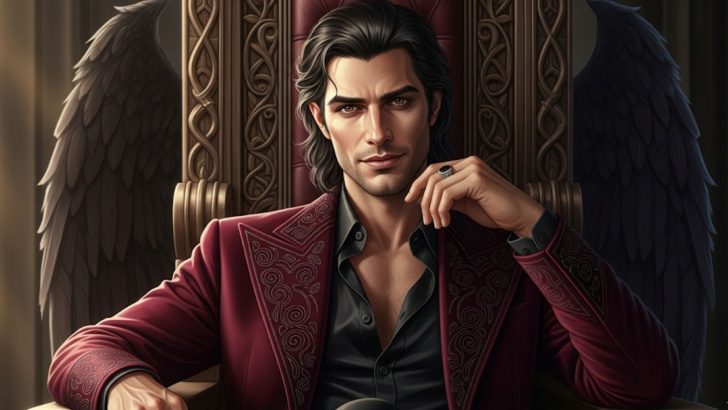Lucifer has always been one of the most fascinating figures in myth and religion. Once a radiant angel, he fell from grace and became the symbol of rebellion and temptation.
But here’s the twist: instead of being shown as monstrous or ugly, he’s often portrayed as dangerously attractive and irresistibly charismatic.
From classic literature to modern TV shows, Lucifer walks the line between villain and heartthrob, pulling us in with his charm even when we know better.
So why do we keep painting the devil as dazzling instead of dreadful? Let’s explore ten reasons why Lucifer continues to be seen as one of the most captivating figures of all time.
1. The Morning Star Legacy
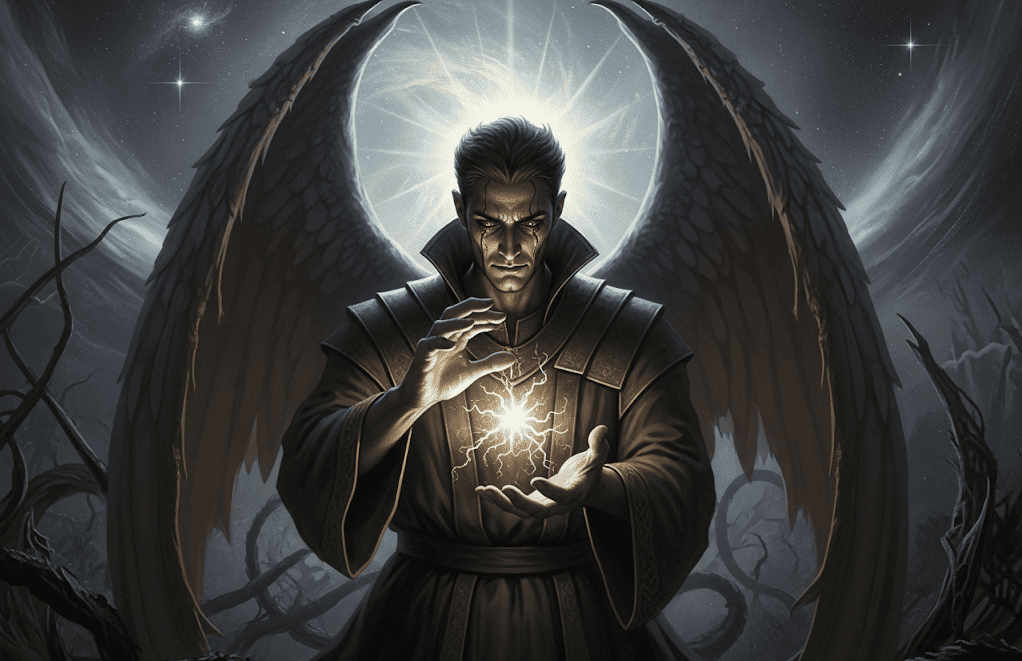
Lucifer’s very name means “light-bringer” or “morning star.” In ancient times, that title was associated with Venus, the brightest object in the sky after the sun and moon.
With such a glamorous identity, it is only natural that storytellers leaned into beauty and brilliance when describing him.
Instead of imagining him as hideous, they imagined him glowing with allure. This origin set the stage for Lucifer to be portrayed not just as fallen, but as dazzlingly radiant, making his fall all the more dramatic.
2. Rebellion Has Its Own Appeal
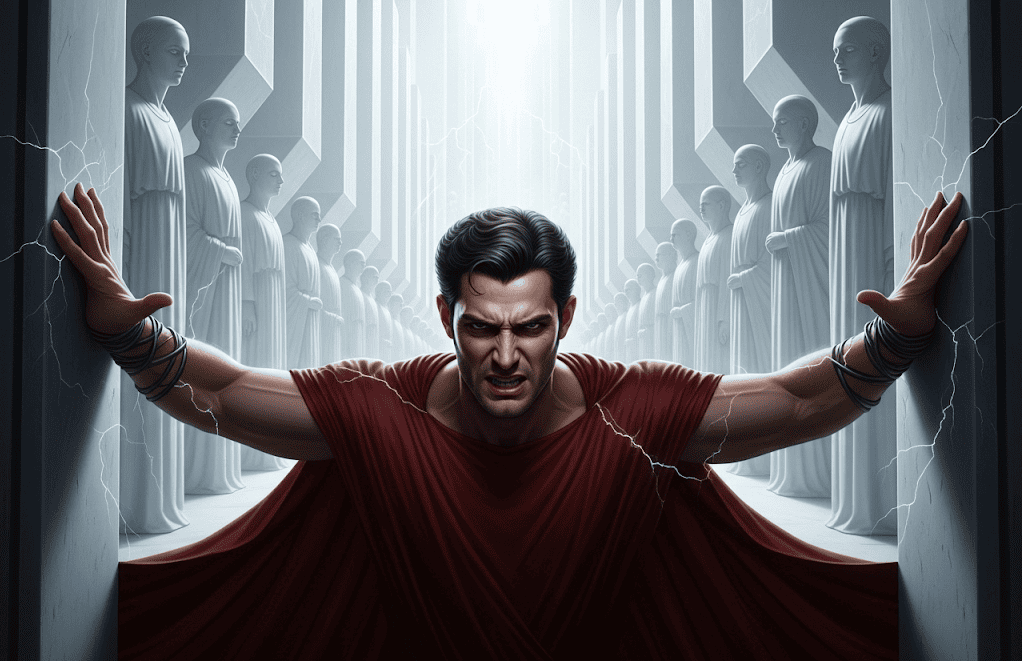
There’s something universally captivating about a rebel. Lucifer challenged the highest authority, which makes him both dangerous and fascinating.
People are often drawn to rule-breakers because they embody freedom and defiance. By making Lucifer attractive, myths and stories highlight the seductive side of rebellion.
He isn’t just disobedient. He is bold, fearless, and uncompromising — all traits that humans secretly admire.
This dangerous mix makes him not just a villain, but a magnetic anti-hero who tempts both characters and audiences.
3. Temptation Works Better with Charm
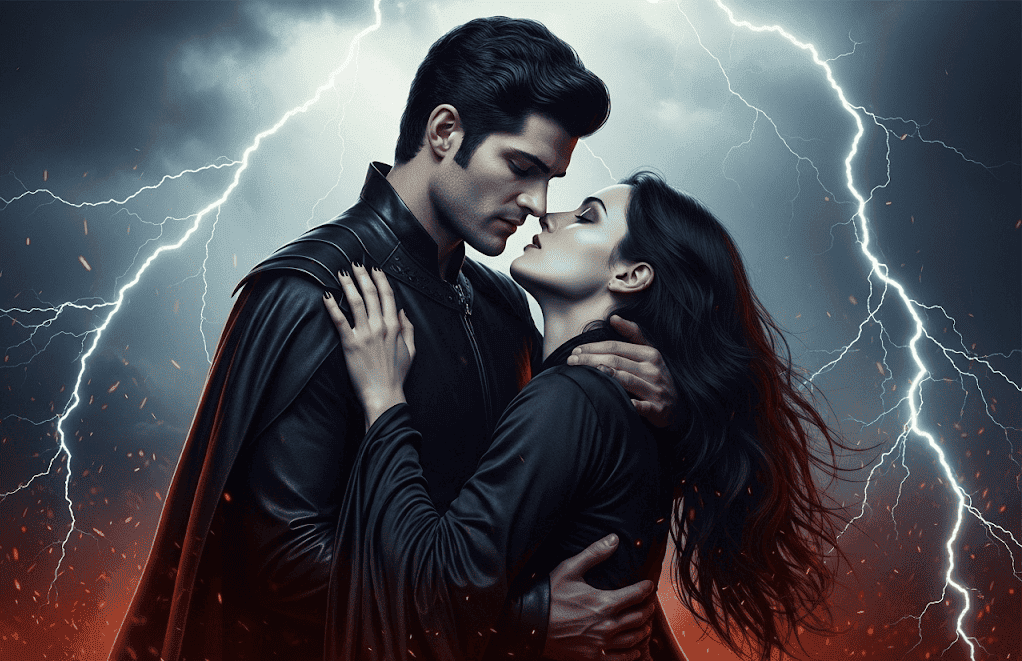
If Lucifer is the ultimate tempter, it makes sense that he would be charming. After all, no one is likely to be persuaded by a monster dripping with slime.
Seduction, both physical and psychological, is far more effective when wrapped in charisma and good looks.
By painting him as elegant and magnetic, myths emphasize how temptation feels safe and appealing before it becomes destructive.
Lucifer’s beauty makes his offers more believable, his lies more persuasive, and his presence more dangerous, precisely because he looks so trustworthy.
4. Beauty Hides the Danger
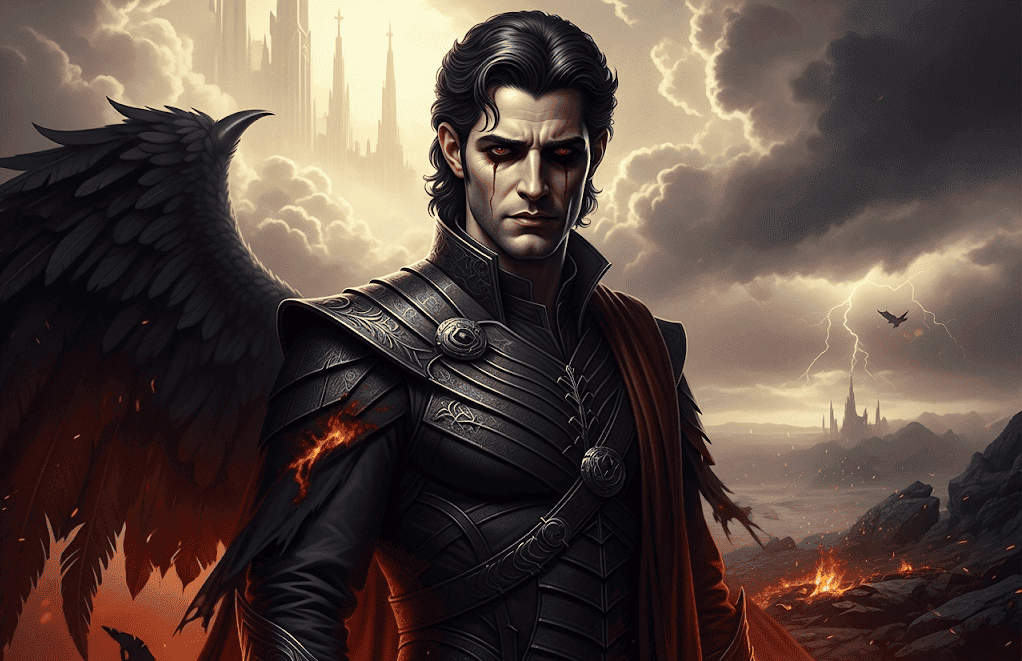
Lucifer’s attractiveness is often a mask that hides his darker intentions. This duality makes him compelling because it reflects a universal human fear: that danger often wears a beautiful face.
People are more likely to lower their guard when confronted with charm, which makes betrayal sting even more.
By portraying Lucifer as appealing, writers and artists emphasize the lesson that evil does not always appear as such. Sometimes it smiles at you, offers you comfort, and only later reveals its claws.
5. Fallen Greatness Is Tragic
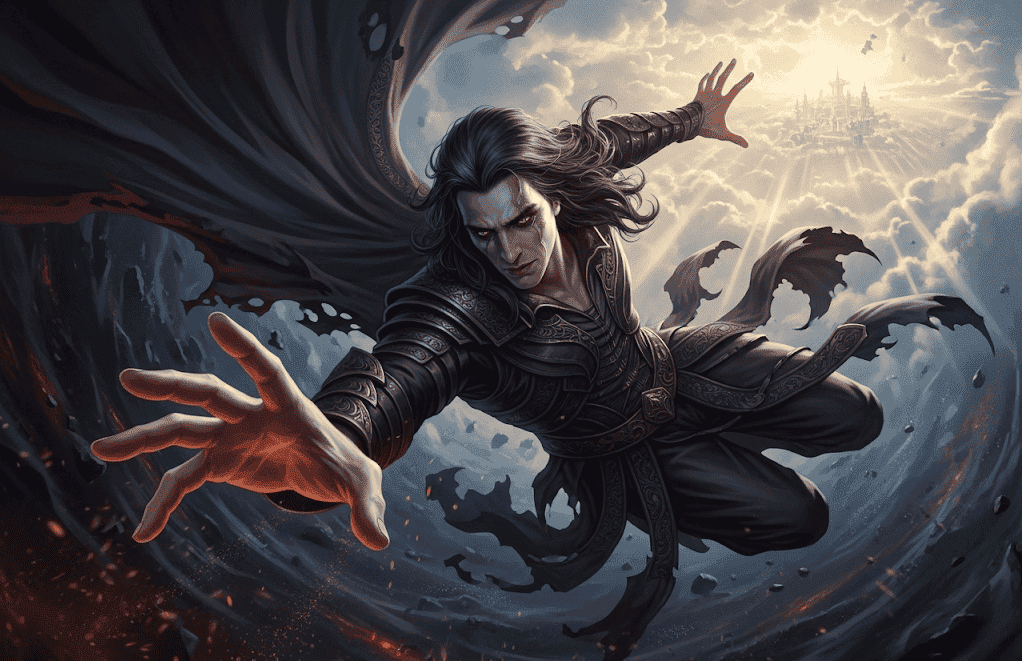
Lucifer’s story is about a fall from glory. He wasn’t always the devil. He was once an angel of extraordinary beauty.
By portraying him as attractive, the tragedy of his fall becomes sharper. We see what was lost: divine radiance, grace, and dignity.
The contrast between what he was and what he became is powerful. A beautiful figure cast down is far more dramatic and heartbreaking than a monster cast down. His good looks are a poignant reminder of the angel he once was.
6. Power and Confidence Are Attractive
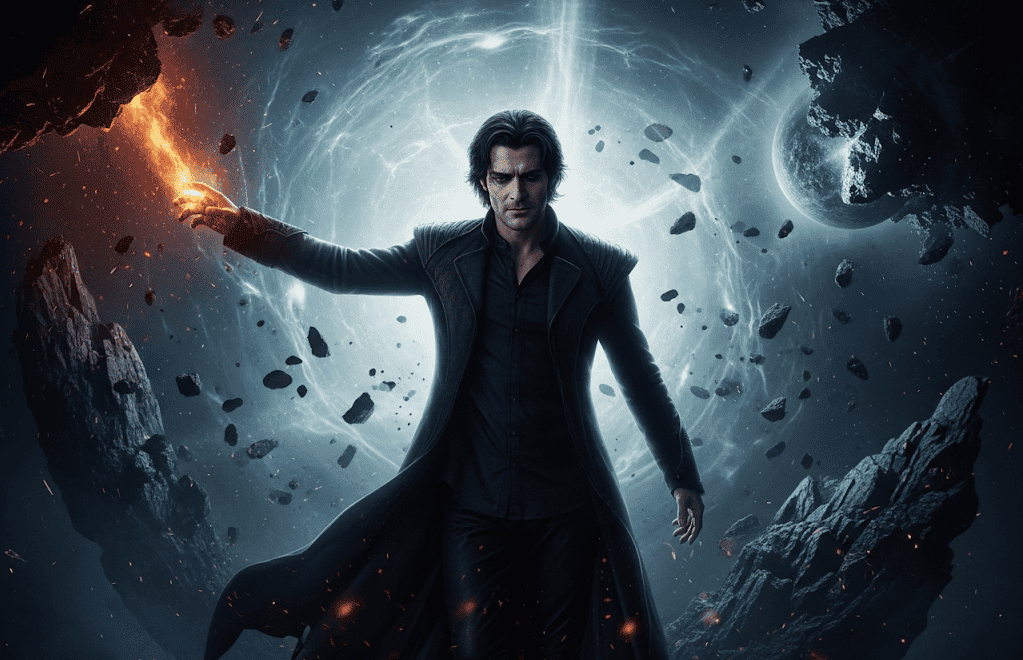
Lucifer is almost always portrayed as confident, even arrogant, and confidence has a strange magnetism. Combine that with his supernatural power, and you get a character who commands attention.
People are drawn to authority, and Lucifer embodies authority even in rebellion. His self-assurance makes him captivating, the kind of figure who walks into a room and instantly owns it.
By giving him this aura, storytellers explain why mortals and even other angels might have followed him, and why audiences can’t look away.
7. He Embodies Forbidden Desire
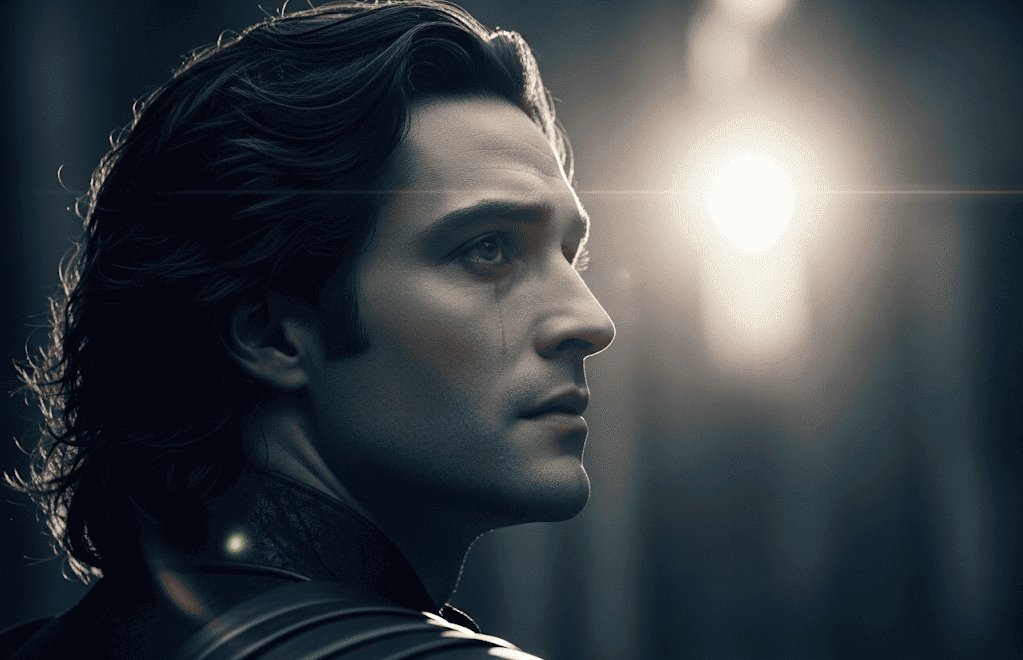
Part of Lucifer’s appeal is that he represents what we’re told not to want. Forbidden fruit is always the sweetest, and Lucifer himself is the ultimate forbidden fruit.
By making him beautiful, stories highlight the allure of crossing boundaries, indulging desires, and breaking rules.
He becomes the embodiment of every temptation people secretly wonder about but are afraid to admit.
His charm is not just surface-level. It plays into deep psychological urges that make the forbidden hard to resist.
8. Literature Romanticized Him
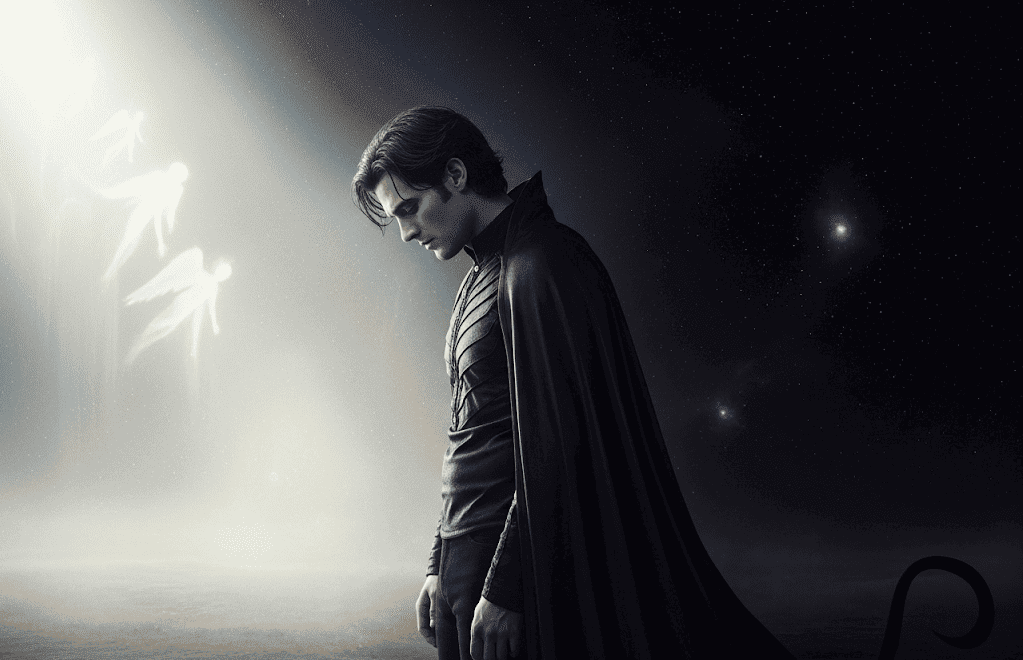
From John Milton’s Paradise Lost to modern novels, writers have often described Lucifer with almost romantic admiration.
Milton gave him stirring speeches and a sense of tragic nobility that made readers sympathize with him. Later, romantic poets like Byron leaned into the image of Lucifer as a brooding, beautiful anti-hero.
This literary tradition shaped how we still imagine him today: less as a horned monster and more as a seductive fallen star. Once literature gave him charisma, culture never let it go.
9. He Mirrors Human Complexity
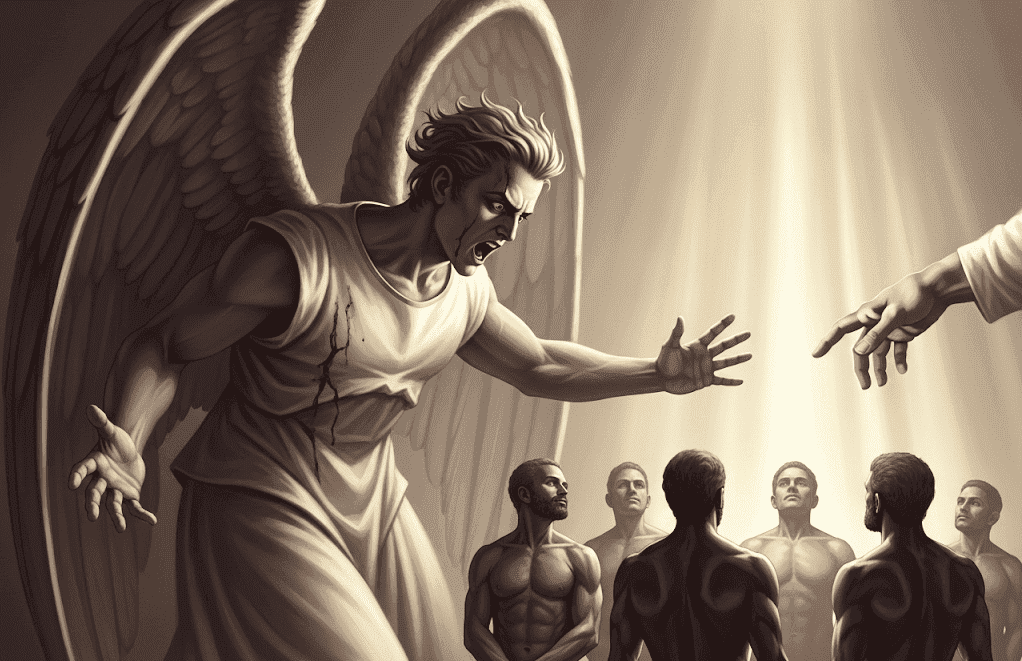
Lucifer isn’t one-dimensional. He embodies pride, ambition, pain, and longing — all very human emotions.
By giving him a handsome, magnetic exterior, storytellers emphasize how close he is to us. His beauty makes him relatable, someone we might see in ourselves or in people we know.
He is dangerous, yes, but he also feels painfully real, and that complexity is irresistible. Making him attractive helps blur the line between angel, devil, and human, reminding us that the seeds of both good and evil exist in everyone.
10. Pop Culture Loves a Sexy Villain
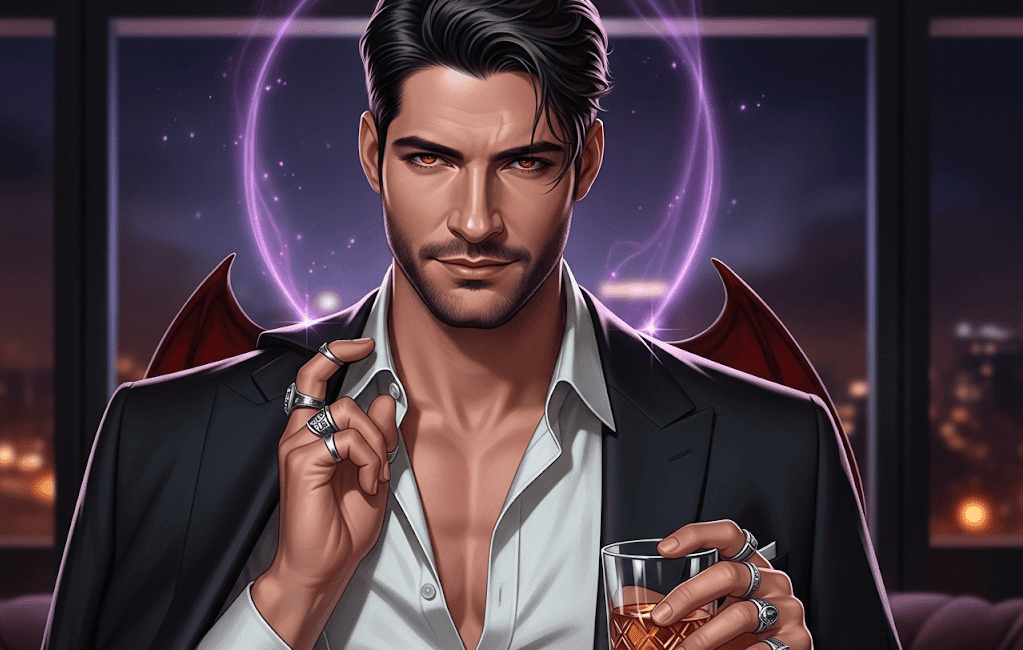
Finally, let’s be honest: audiences love a good-looking villain. From TV’s Lucifer to countless movies, making the devil charismatic keeps us hooked.
A charming villain is more fun to watch, easier to root for, and harder to dismiss. Pop culture thrives on characters who are messy, magnetic, and morally complicated.
By giving Lucifer sharp suits, witty dialogue, and undeniable allure, creators keep him relevant for modern audiences. He isn’t just the enemy anymore, he’s the star of the show.

Ho sempre sentito una forte connessione con il Divino fin dalla mia nascita. Come autrice e mentore, la mia missione è aiutare gli altri a trovare l'amore, la felicità e la forza interiore nei momenti più bui.

